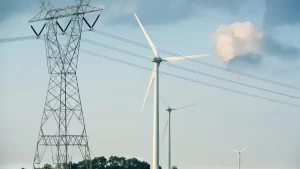Microsoft may pay a premium in Three Mile Island power agreement
EcoTech Note: Here is a great example of a “Green Premium” being paid by a company desperate for clean power a) to meet their need to power a data center and b) to meet their “net-zero by 2035” commitment:
“Jefferies estimated that Microsoft might pay Constellation about $110-$115 per megawatt hour (MWh) as part of the 20-year-long fixed price PPA. The brokerage’s analysts said the estimated cost represents a significant premium to market expectations, which are in the low $100 per MWh for a collocated deal.”
– – – – – – – – – – – – –












